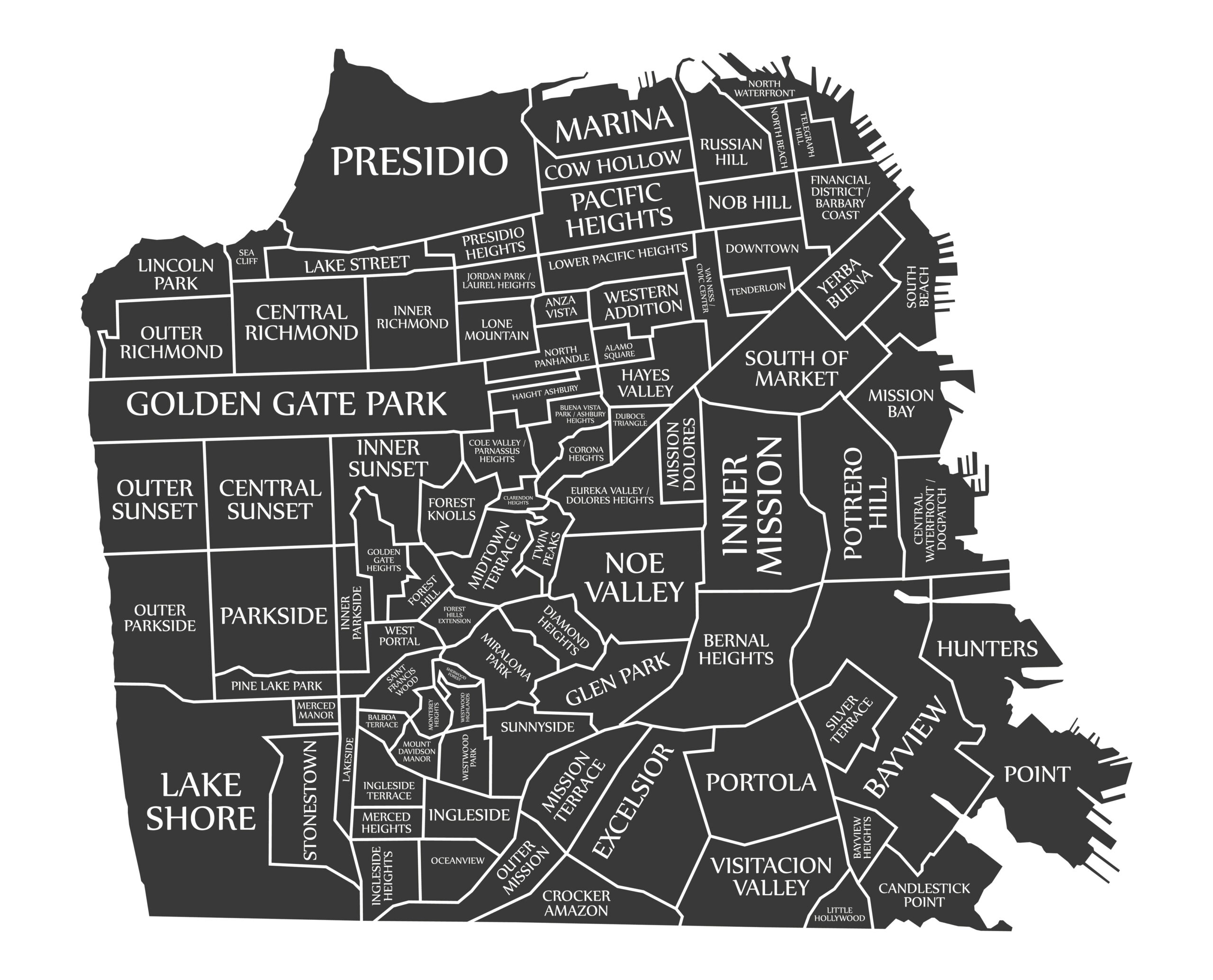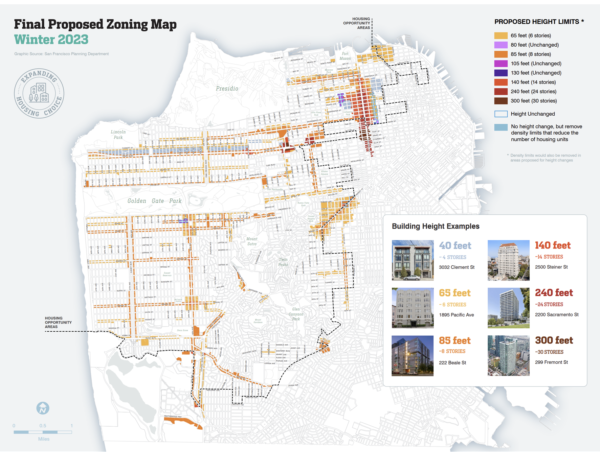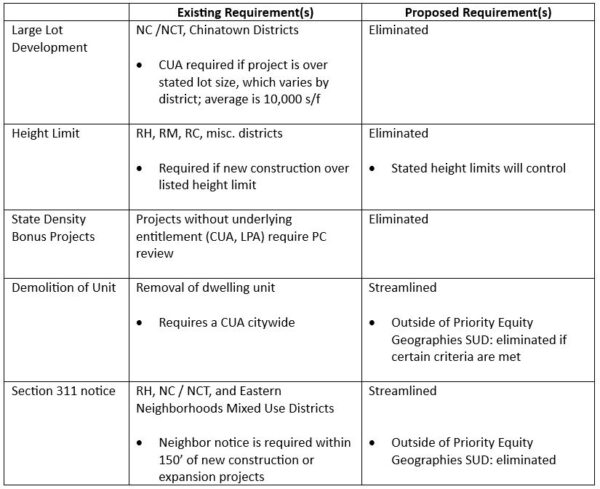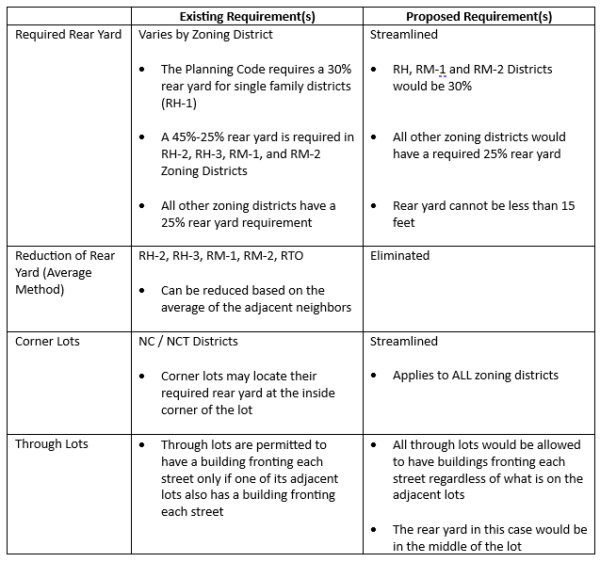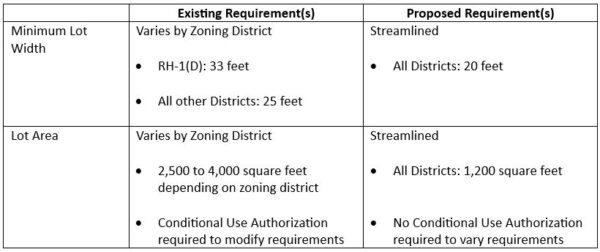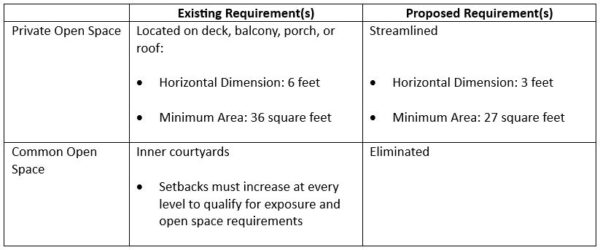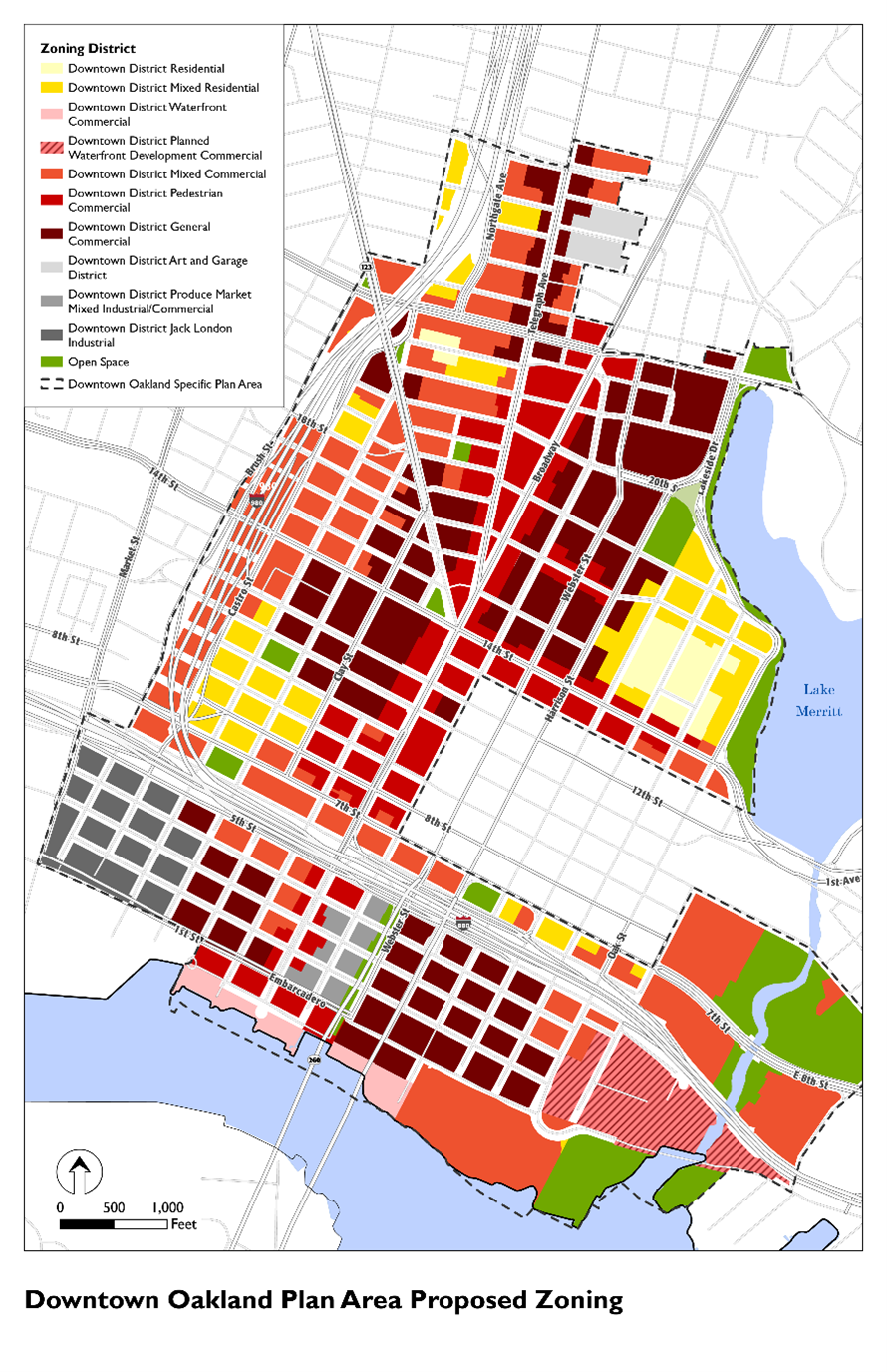Two recent California court decisions, involving all-too-common neighbor disputes, have provided new guidance concerning easements and property ownership.
In Romero v. Shih (S275023 [2024]), the California Supreme Court ruled that a neighbor (Sierra Madre, L.A. County) can acquire an exclusive right to a driveway easement by implication even where all of the elements of adverse possession are not met, namely, where the party claiming an easement has not paid taxes on the land in question. The Court reversed the Court of Appeal, which had held that as a matter of law, such an easement could have been created only by a written instrument. According to the Court of Appeal, the key fact was that the easement was “exclusive”. Because it was used as a driveway, no other use of the property was possible. Given the significance of this property right, such an easement could be created only by a written instrument.
The California Supreme Court disagreed. The driveway had existed and been used by the neighbor for at least 30 years. The two properties had been bought and sold over the years, but the respective deeds made no mention of the driveway. Nevertheless, the Supreme Court found that a writing evidencing the easement wasn’t necessary, nor was it necessary that all of the elements of adverse possession be met. The Court concluded that an easement by implication can be created where any reasonable person observing the two properties and an existing driveway would have assumed the neighbor using the driveway retained at least some continuing interest in the disputed strip of land.
The key facts were that for over 30 years, between the original separation of the properties and the discovery that the user of the driveway didn’t actually own the property, every successive owner of either property had allowed for and/or behaved as if the easement owner had the right to encroach upon the disputed strip of land with the driveway, which had remained unchanged in its use and function since at least the initial property separation. This was enough to establish an implied easement.
The case of Goodhart, et al v. Honeybadger Acquisitions (A165781 [2023]) concerned the creation of an “equitable easement” in Tiburon. For over ten years, the Goodharts improved and maintained approximately 950 square feet of land, believing the area was part of their front and rear yards. The defendant discovered the area was his property when he commissioned a survey in connection with his plan to build a perimeter fence. After defendant commenced construction of the fence, the Goodharts brought suit, seeking injunctive relief and a declaration that they are entitled to an equitable easement to use the disputed area.
The court’s decision was not a final judgment but rather granted a preliminary injunction, finding that the easement claimant (Goodhart) was “likely to prevail on the merits”. The court explained that an [equitable] easement over the trespassed-upon property in the trespasser’s favor is created if the trespasser shows that (1) her trespass was ‘ “innocent” ’ rather than ‘ “willful or negligent,” ’ (2) the public or the property owner will not be ‘ “ ‘irreparabl[y] injur[ed]’ ” ’ by the easement, and (3) the hardship to the trespasser from having to cease the trespass is ‘ “ ‘greatly disproportionate to the hardship caused [the owner] by the continuance of the encroachment.’ ” ’ ” (Shoen v. Zacarias (2015) 237 Cal.App.4th 16, 19.)
The court found that the Goodharts’ trespass was innocent because they thought the property was theirs. As to potential injury to the defendant property owner and the balancing of harms, the court found this favored the Goodharts. If the defendants built a fence on the true property lines as planned, it would come within two feet of the Goodharts’ driveway and front steps and the back of their house, and the Goodharts would lose approximately 950 square feet of their yards. In comparison, the disputed areas constituted less than 1% of the defendants’ property and was located downhill from their residence on undeveloped hillside that was largely unusable to them. Under these circumstances, the Goodharts were entitled to an equitable easement over the subject area of defendant’s property.
Authored by Reuben, Junius & Rose, LLP Attorney Thomas Tunny.
The issues discussed in this update are not intended to be legal advice and no attorney-client relationship is established with the recipient. Readers should consult with legal counsel before relying on any of the information contained herein. Reuben, Junius & Rose, LLP is a full service real estate law firm. We specialize in land use, development and entitlement law. We also provide a wide range of transactional services, including leasing, acquisitions and sales, formation of limited liability companies and other entities, lending/workout assistance, subdivision and condominium work.


